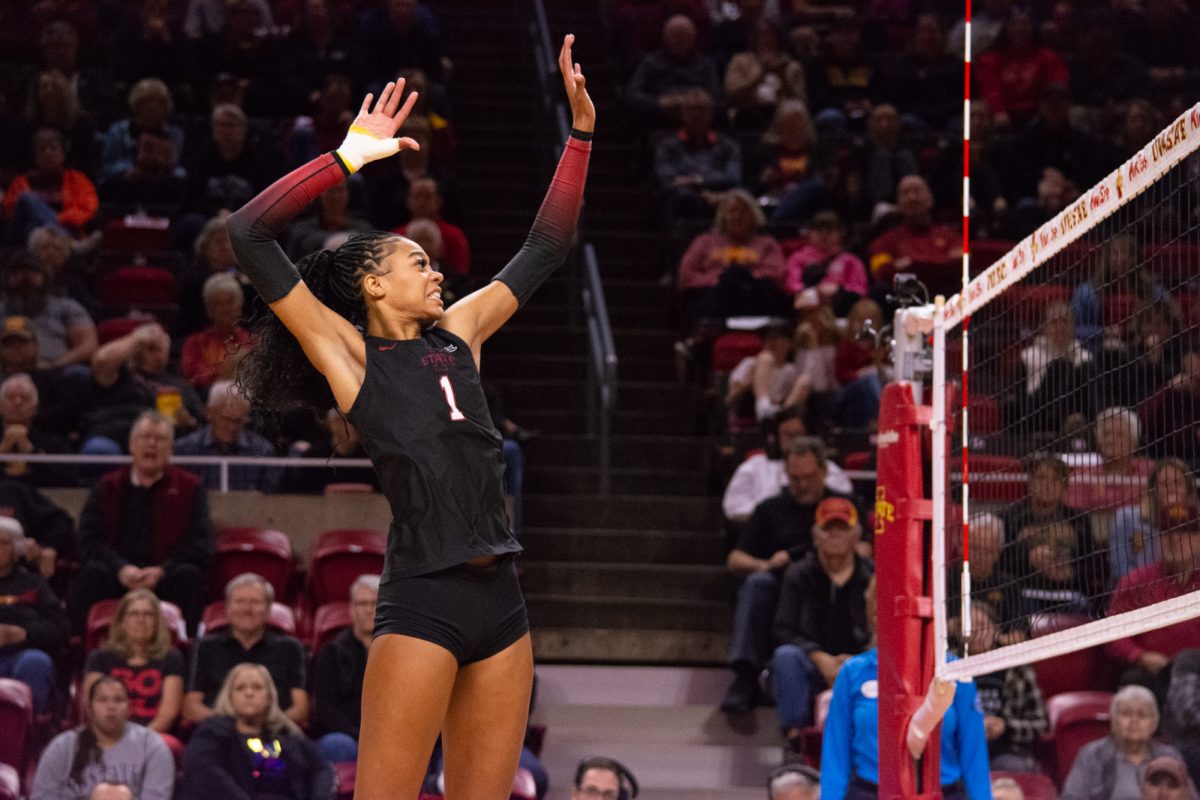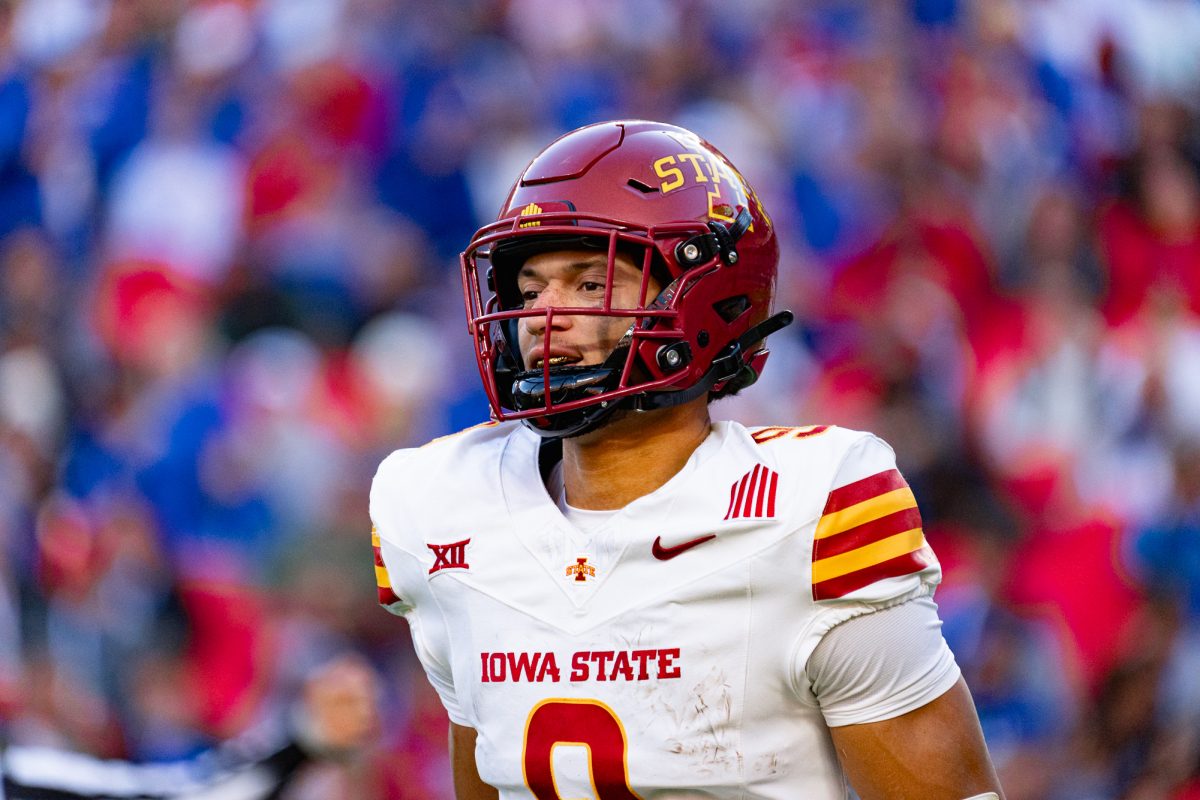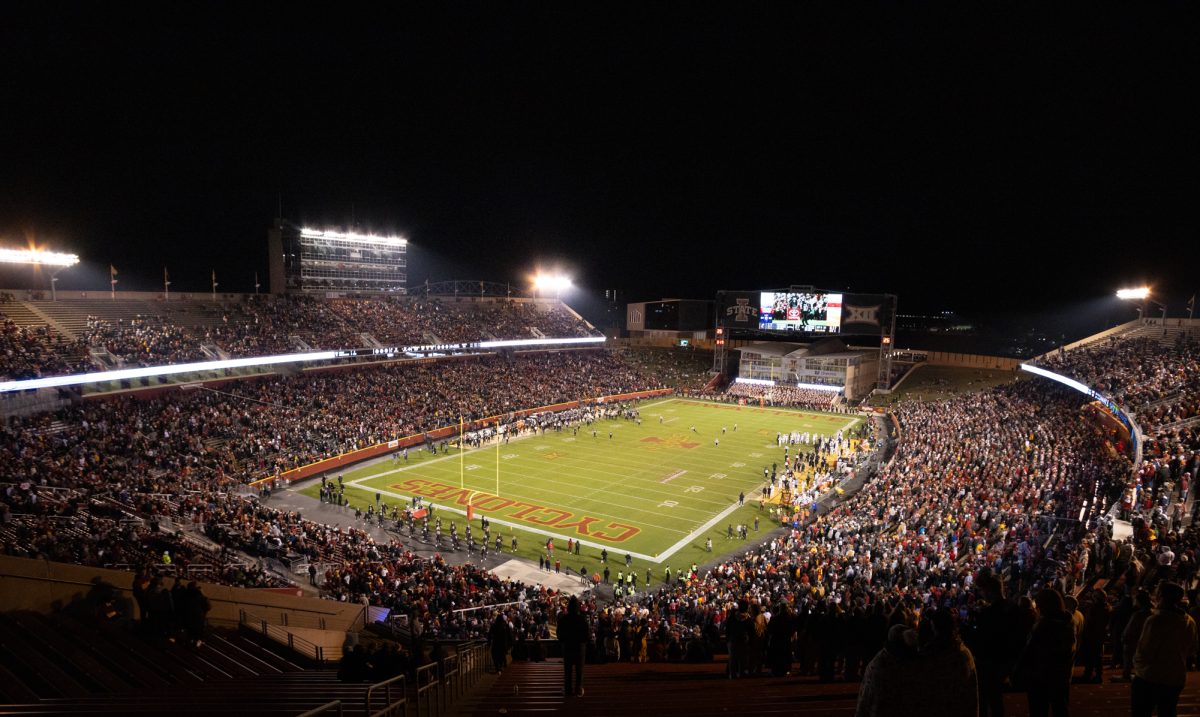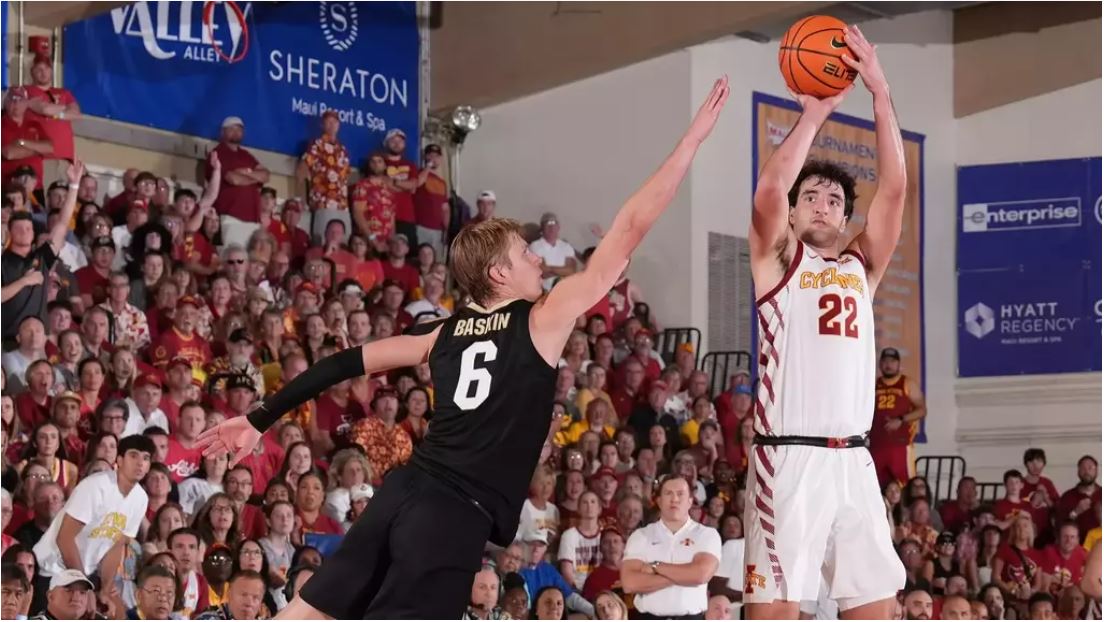COLUMN: A wink and a nod: How the two-party duopoly fleeces the voting public
July 26, 2004
Imagine if you will, a system where a political party dictated most of the terms of the campaign with a wink and nod, threw lavish parties to celebrate nominations which have been sealed for months (if not years), controlled the terms of the debates — and all on the taxpayer’s dime.
Sound like a farcical election held in a third-world kleptocracy? Not quite — all of these are the handiwork of the two-party duopoly we’ve carefully cultivated right here at home.
Excepting a last-minute party coup, Sen. John Kerry will finally receive the “official” nod from his party this week in Boston at the Democratic party convention, which started this week. In case this comes as any surprise, expect President Bush to also get his party’s uncontested endorsement at the upcoming GOP convention in New York City.
Given the fact these nominations have been sealed up for months (or even years, in the case of Mr. Bush), perhaps representatives from each party would care to explain why taxpayers are being forced to cough up millions of dollars for what amounts to nothing more than an expensive symbolic gesture.
For example, the Democratic convention has a security price tag alone of $50 million — with all but $143,700 being funded directly by the federal government, the Boston Globe reported.
Of course, this price tag doesn’t even come close to the vast sums poured in by corporations and private donors to put on what amounts to little more than a modern-day Roman orgy with a few political speeches tucked in here and there.
Nor of course does it account for the massive disruptions to everyday life for residents of Boston and New York City: Business closures, street barricades and caging up protestors — all of these are just a cost of doing business. After all, if you’re going to have a presidential nomination, you have to do it in style, right?
Meanwhile, we can still look forward to the two-party duopoly guaranteeing a rousing snooze-fest with the upcoming presidential debates, chock full of pandering to the political center, debate over peripheral non-issues, and the riveting intellectual engagement that comes from softball questions being followed up with canned responses.
It’s no wonder that the average debate viewership has been on a consistent decline over the past two decades, hitting a record low in 1996, with only 36.3 million people turning to the last debate according to Nielsen polls.
So when exactly did we start letting the inmates run the asylum? Consider how the debates themselves are run: In 1988, the two major parties took over the function of presidential debates from the non-partisan League of Women Voters, forming the “bipartisan” Commission on Presidential Debates. Since then, party apparatchiks have dictated the terms of the debate down to the finest detail, from the format right down to the types of questions (and contenders) that will be allowed.
The Web site www.opendebates.org details how such a corruption of the process was formally started in 1985, when the respective chairpersons of each party signed what was titled the “Memorandum of Agreement on Presidential Candidate Joint Appearances.” By 1988, both parties had secretly negotiated a “Memorandum of Understanding” prior to the presidential debates, choreographing every aspect of the debate right down to the composition of the audience.
In response, the League of Women Voters pulled out of the process that same year, charging it would “perpetuate a fraud on the American voter.” Since then, every presidential debate under the CPD’s management has followed such a scripted tone — all with the same wink and nod from the respective parties’ leadership.
Meanwhile, the CPD’s barriers to entry exclude almost any third-party challenger from seeing debate, requiring that any challenger garner at least 15 percent in a major presidential poll to be allowed into the debates — a positively Herculean task considering that even the standard for a party to receive federal matching funds (another standard written for and by the two-party duopoly) is only 5 percent of the vote in a presidential election.
All of this begs the question of why the two parties should have the right to dictate the terms of the election to the American people.
Never mind that they fund their own lavish parties on your tax dollars.
Never mind that they line their pockets with matching campaign donations from the federal government that only the most successful third-party candidates could ever hope to qualify for.
When it comes right down to it, the two-party duopoly in its arrogance presumes to even dictate how the American people will see the debate at all — causing one to wonder, whose democracy is this anyway?
Do yourself a favor, both in the present and this fall — tune out from the conventions and the farcical “debates.” Do your own research on the issues — and vote your conscience.
The only way this nation will again be a government of the people, by the people, and for the people will be if voters declare their own independence — from the parties.





